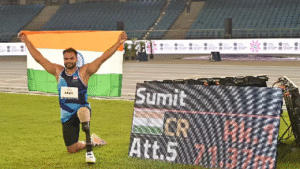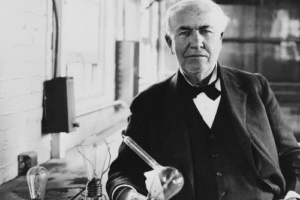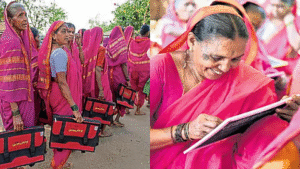The 1951 Asian Games held in Delhi, India, marked a significant milestone in Indian sports history, as it was the first edition of the Asian Games and also the first time India hosted such a large multi-sport event. Indian athletes, particularly in track and field, shone brightly at this inaugural event, and some remarkable performances helped India earn a place in the Asian Games medal tally.
Details: Roshan Mistry was one of the most prominent female sprinters of India during the early years of competitive athletics. At the 1951 Asian Games, she won the silver medal in the 100 meters event.
Significance: This was one of India’s early successes in athletics on the international stage, and Mistry’s performance set a high standard for female sprinters in India.
Details: Mary D’Souza was another top Indian sprinter who competed in the 200 meters race at the 1951 Asian Games. She secured the bronze medal in this event, showcasing her talent and speed.
Significance: Mary D’Souza’s bronze in the 200 meters marked an important moment in India’s track and field history, as it contributed to India’s growing presence in athletics on the continental stage.
Team Members: Nilima Ghose, Stephie D’Souza, Mary D’Souza, and Roshan Mistry.
Details: The women’s 4×100 meters relay team of India at the 1951 Asian Games consisted of four talented sprinters: Nilima Ghose, Stephie D’Souza, Mary D’Souza, and Roshan Mistry. The team ran an excellent race, finishing second to secure the silver medal in the event.
Significance: The silver medal in the 4×100 meters relay marked India’s collective success in women’s athletics and showcased the strength of the Indian women’s relay team. This performance was significant in building the foundation for Indian women’s relay teams in the years to come.
Women’s 4×100 meters relay team (Nilima Ghose, Stephie D’Souza, Mary D’Souza, Roshan Mistry): Silver medal.
Trailblazers in Indian Athletics: These athletes were among the first to bring international recognition to Indian athletics, especially in track and field events. Their achievements in the 1951 Asian Games paved the way for future generations of Indian female athletes.
National Pride: The silver and bronze medals won by the athletes in the 1951 Asian Games were a source of immense pride for India, as it helped place the country on the map in international athletics and encouraged further investment and interest in track and field sports.
Foundation for Women’s Athletics in India: The 1951 Asian Games were a pivotal moment in the history of Indian sports, particularly for women in athletics. The relay team’s silver medal and the individual successes of Roshan Mistry and Mary D’Souza provided a platform for future Indian athletes, demonstrating that Indian women could compete at the highest levels in sports.
The achievements of Roshan Mistry, Mary D’Souza, and the 4×100 meters relay team in the 1951 Asian Games are remembered as some of the first major milestones for Indian women in athletics.
These performances helped foster a sense of pride in Indian sports and were a testament to the talent and dedication of India’s female athletes during the early years of international competition.
Their success continues to inspire future generations of athletes, particularly women, to pursue careers in athletics and other sports.







